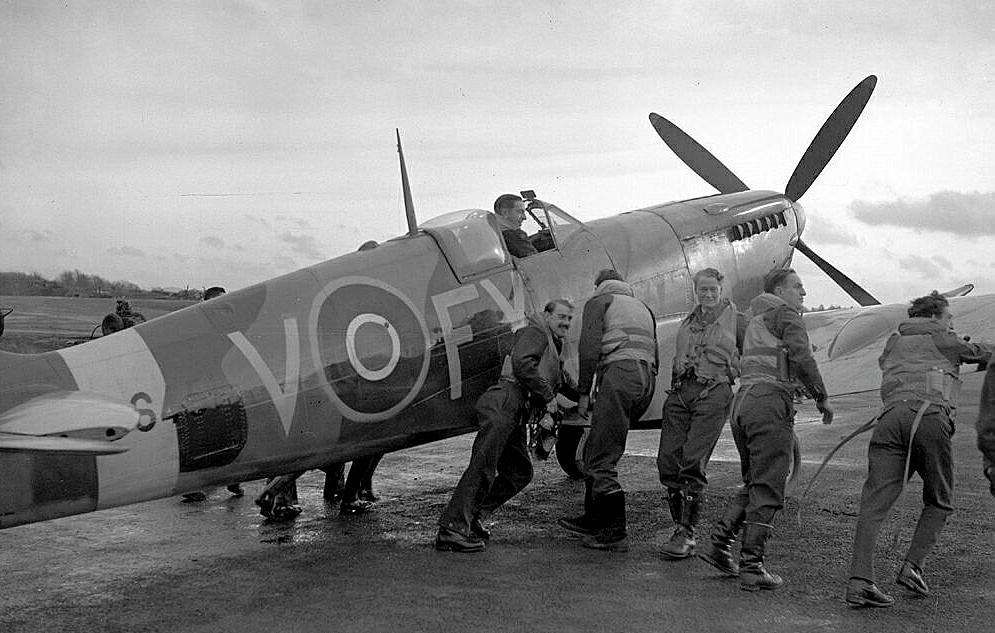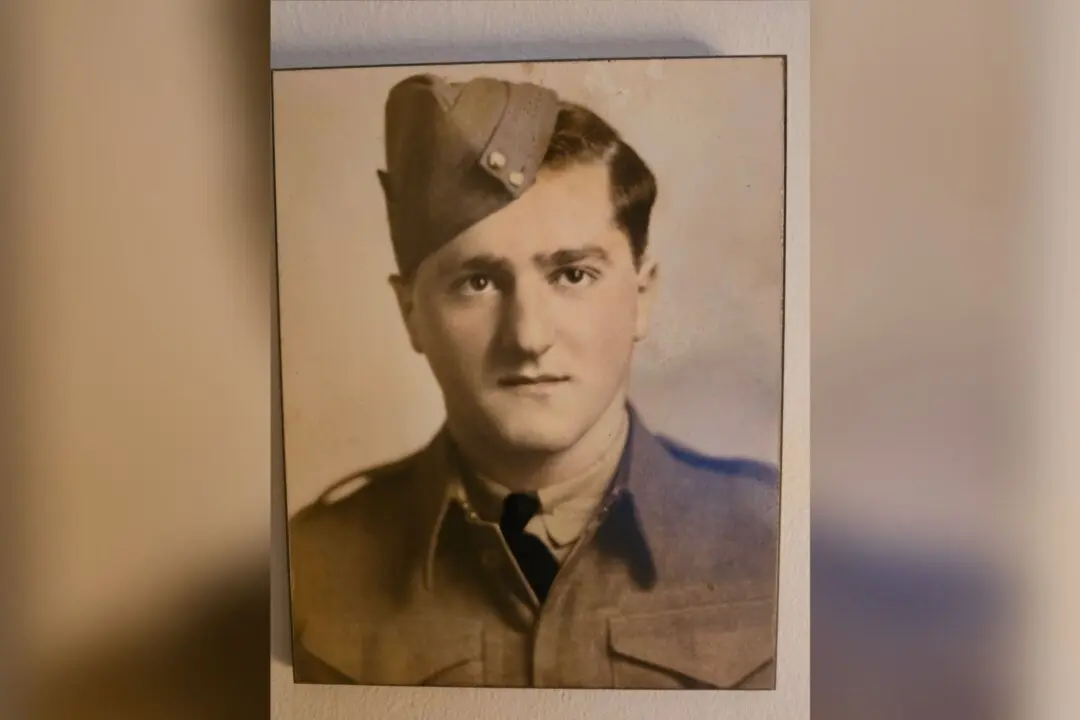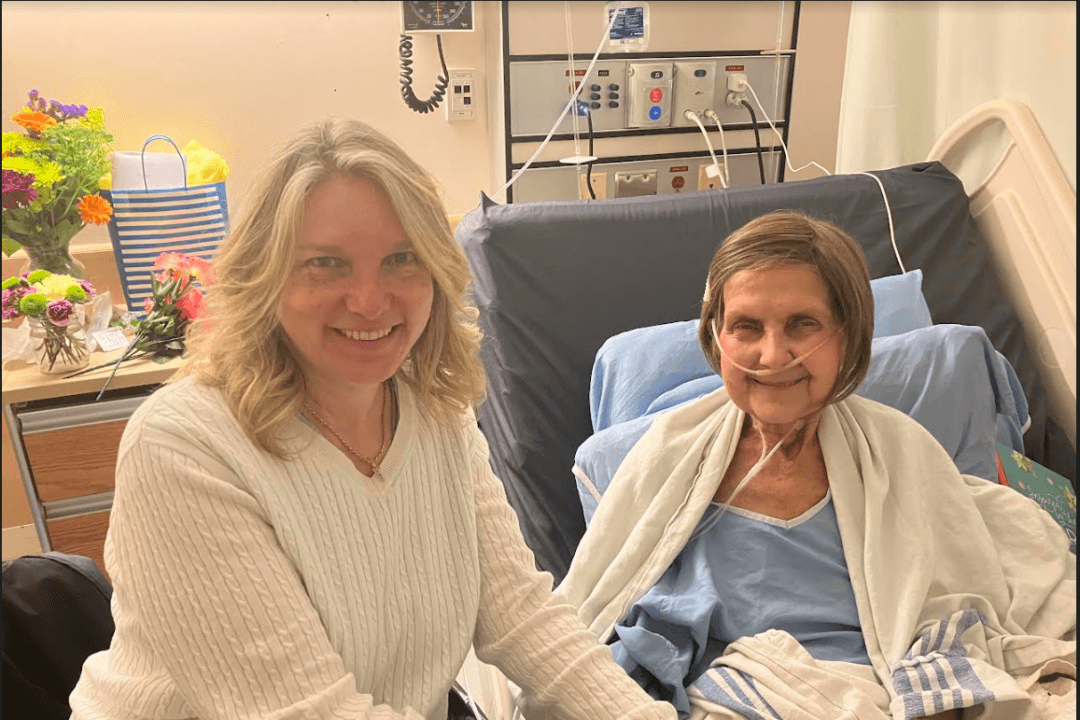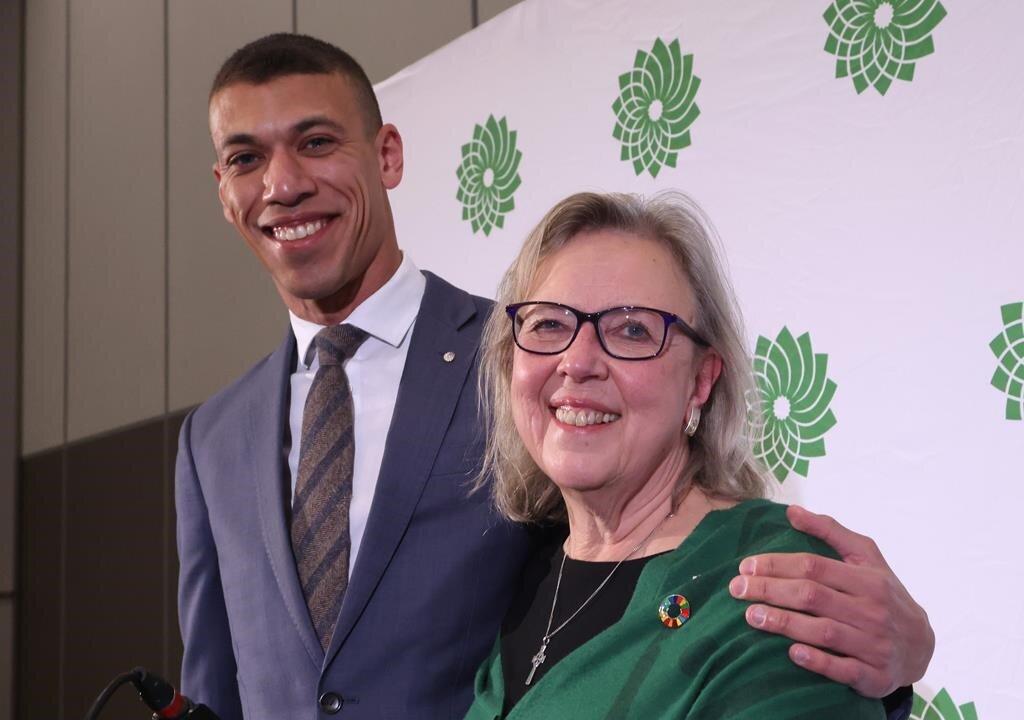Being a World War II veteran, 95-year-old Allen Cameron says he often drops by 15 Wing in Moose Jaw, Sask., the home of Canada’s beloved Snowbirds and the centre of Royal Canadian Air Force aircrew training.
“I get called to the base here quite often,” Cameron said in an interview. “The pilots out there, they’re interested in how things went during the war. It’s more curiosity than anything else.”





